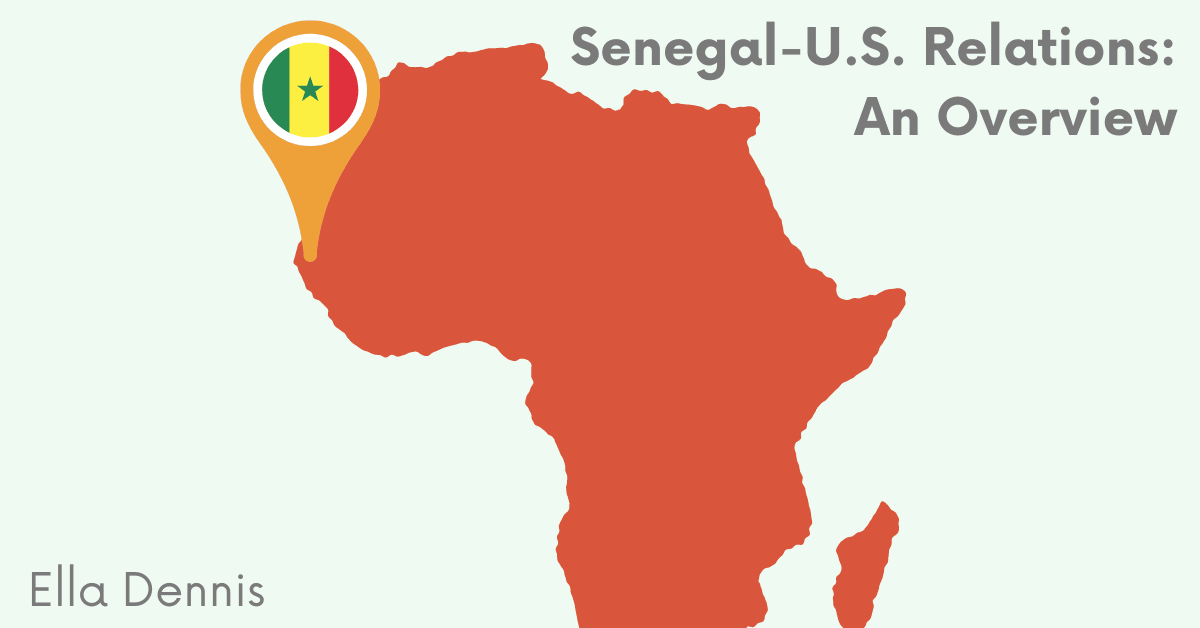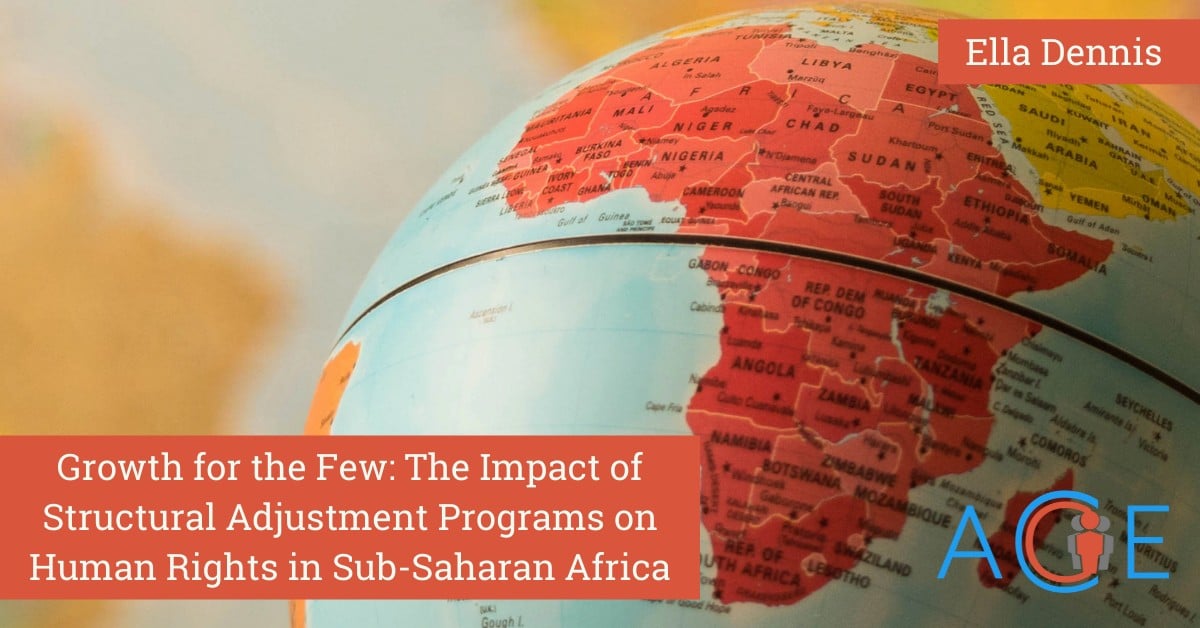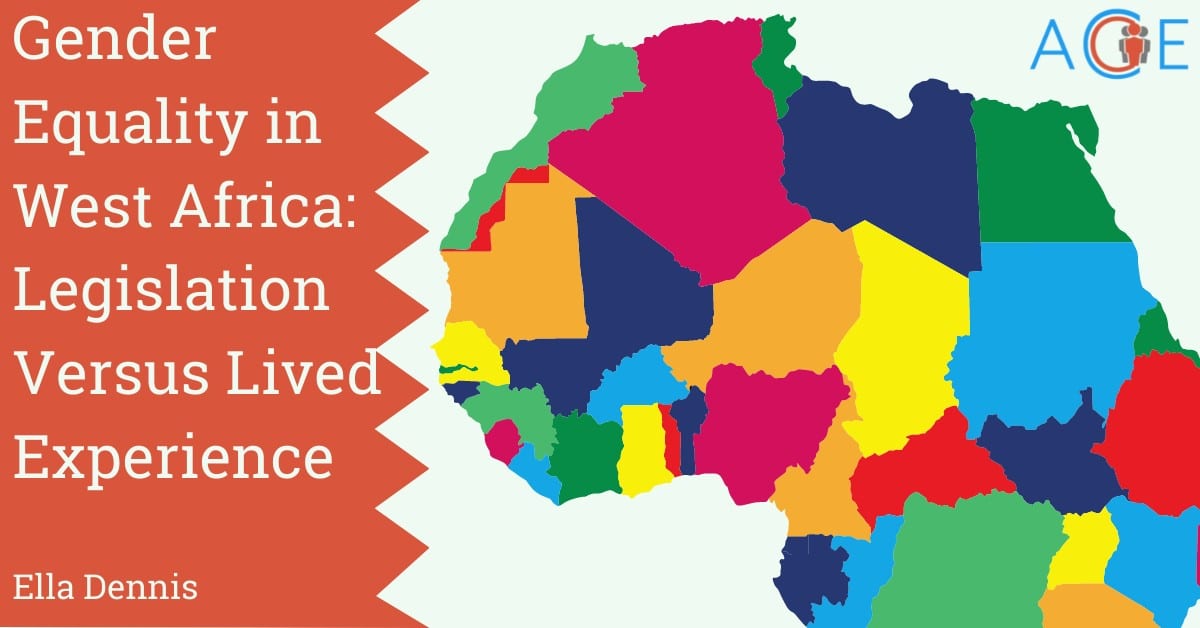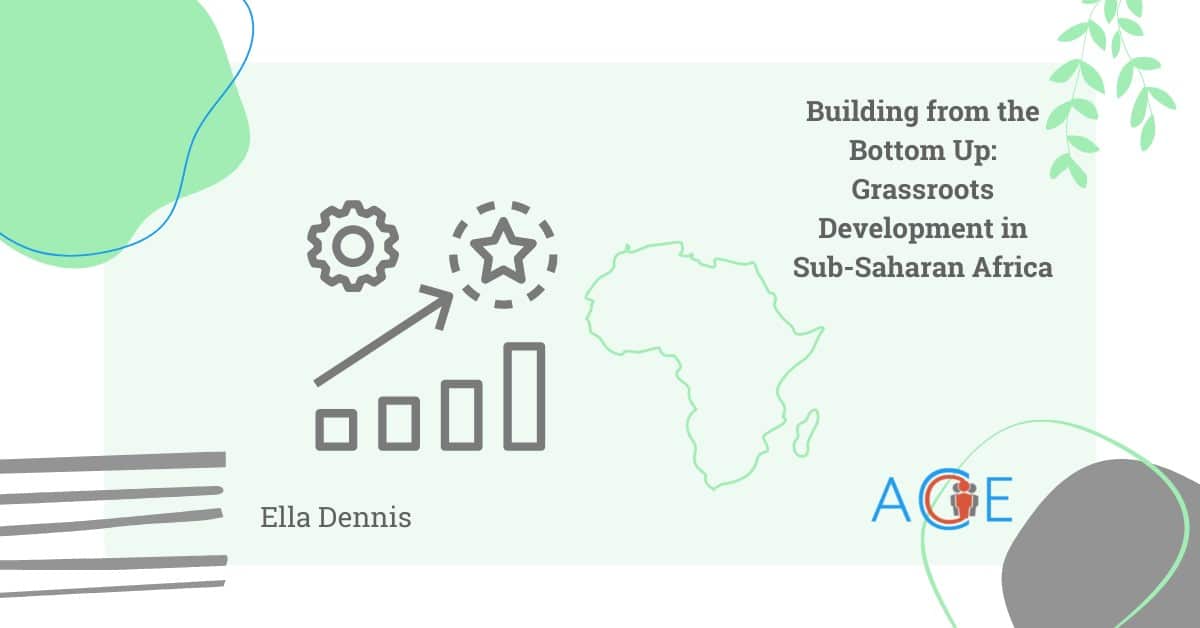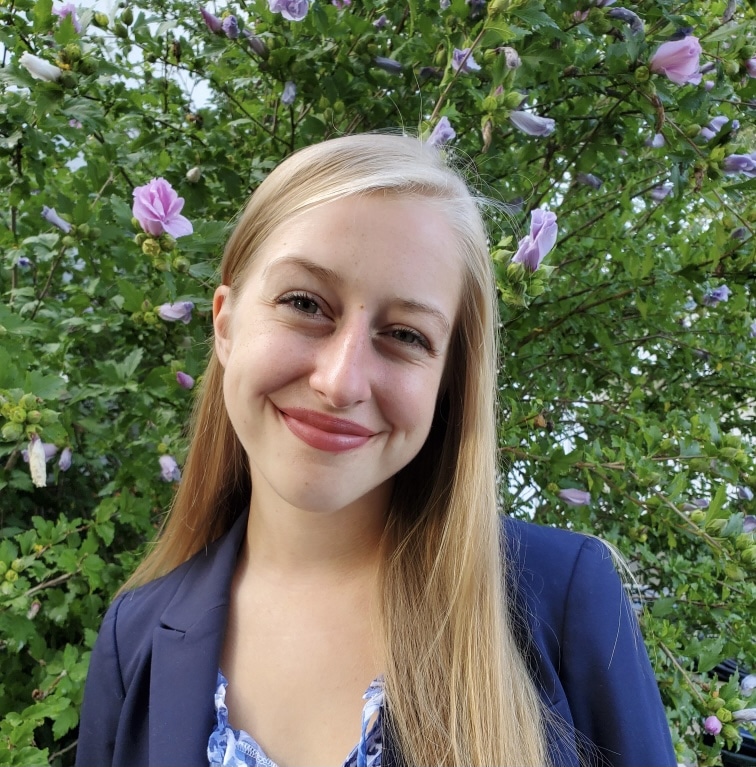Introduction
As one of the few African countries that has never experienced a coup d’etat, Senegal is a notable center of peaceful power transfers, democratic values, and religious coexistence. Senegal is also unique in terms of its longstanding, favorable view of close partnership with the West, especially the United States. Since Senegalese independence in 1960, the U.S. has sought to maintain strong relations with Senegal, largely due to its geopolitical reputation as “the gateway to Africa”. As a convenient transit point for commerce and troop deployment, Senegal has historically been one of the foremost political, military, and economic allies of the U.S. within Africa. This strategic interest, combined with a long chain of pro-U.S. Senegalese presidential administrations, has led to a continuing politico-economic-military partnership between the two countries.
A brief history
The U.S. formally recognized the Republic of Senegal on September 24th, 1960—a month after Senegal’s break from the previously-recognized independent Mali Federation and three months after the region gained independence from French colonizers. After his election in 1960, Senegal’s first president Léopold Sédar Senghor believed that cultivating close ties with the West would be functionally necessary for Senegal’s financial and technical survival in the early post-independence period. He saw Senegalese relations with the United States as a “natural consequence” of relations with Europe, and admired the US for its youthful dynamism and strides towards racial integration. In a meeting with U.S. President Richard Nixon, Senghor predicated Senegalese relations with the U.S. on the fair treatment of Black Americans. If discrimination rose in the U.S., he assured Nixon that Senegal would look elsewhere—ostensibly to China and the Soviet bloc—for partnership. Senghor’s immediate successor, Abdou Diouf, and the rest of Senegalese presidents have continued Senegal’s close political, economic, and military relations with the United States.
Bilateral Economic relations
Trade
Senegal’s main exports to the U.S. are agricultural products, minerals, and textile fibers, while the main U.S. exports to Senegal are energy-related products, transportation equipment, and chemicals. Under the African Growth and Opportunity Act (AGOA), Senegal is granted trade preferences that include the duty and quota-free export of many products to the United States. While this has given Senegal easier access to the American market, the trade balance remains skewed towards American exports to Senegal (Fig. 1). The U.S. trade surplus with Senegal has fluctuated over the past decade, but totaled 180 million in 2020.
Senegal has also maintained a bilateral investment treaty with the US since 1990. U.S. foreign direct investment (FDI) in Senegal was approximately 21 million in 2018, compared to Senegal’s 1 million FDI in the U.S. during the same year. U.S. investment in Senegal has expanded in recent years, with over 50 US private companies doing business with Senegal in various sectors. Senegal is also a member of the Economic Community of West African States (ECOWAS), which has its own investment agreement with the United States.
Bilateral aid
U.S. Secretary of State Anthony Blinken recently announced the U.S’s conviction that “it is time to stop treating Africa as a subject of geopolitics and start treating it as the major geopolitical player it has become” during his visit to Dakar this past November. However, most U.S. involvement in Senegal revolves around some type of development aid. Contemporary U.S. aid to Senegal mostly focuses on agricultural production, infrastructure, healthcare, education, energy production.
For example, in 2018, Senegal signed on to their second Millenium Challenge Corporation (MCC) contract aimed at improving Senegal’s electricity sector. The contract consists of $550 million from the U.S. government and will be supplemented by $50 million from the Senegalese national government. The U.S. (in partnership with the UN) provided 903,990 Covid-19 vaccine doses to Senegal, though logistical oversights—including the short shelf life of the donated vaccines – have rendered large amounts unusable. The U.S. also committed 3.3 million to Senegal’s Institut Pasteur de Dakar with the aim of improving vaccine production capabilities in Senegal.
The United States Agency for International Development (USAID) has robust operations within Senegal. Currently, the USAID x Yaajeende project partners with rural Senegalese community-based solution providers to increase the production of high-quality agricultural products in rural areas. Moreover, Senegal hosts one of the largest Peace Corps programs in Africa, with over 4,000 volunteers having participated since its founding in 1963. As an agricultural powerhouse, Senegal is also a strong partner in USAID’s Feed the Future program. Many scholars assert that US development aid has not significantly progressed the Senegalese economy.
Military cooperation
Senegal’s strategic location and willingness to partner with US international missions renders it a cornerstone in US-Africa military operations. Senegal has one of the largest and most technically-advanced militaries in Sub-Saharan Africa and has been indispensable in U.S.-backed peacekeeping missions like those in Libya and the Democratic Republic of Congo (DRC). In 2016, Senegal signed a defense cooperation deal with the U.S. that solidified the country as a key military ally and troop transport point for America. The deal proactively deregulates the deployment of American troops to Senegal and is intended to speed up deployment in the wake of mass disaster or terrorist threat. Senegal is also a member of the Trans-Sahara Counterterrorism Partnership (TSCTP), established in 2021 in response to the growing presence of Al Qaeda and Boko Haram in West Africa. Through the TSCTP, it receives military training and resources from the U.S.
Perceptions of the U.S.
While the Senegalese public has generally viewed the U.S. in a positive light, this perception has decreased in recent years, with a notable dip at the beginning of the Trump administration in 2016. However, Senegalese approval ratings of U.S. leadership seemed to stabilize at around 48% in 2018—a relatively high rating globally at the time.
The lack of diplomatic engagement in Africa during the Trump administration was likely perceived as a foil to France’s significant intervention in and influence over Senegalese markets and politics. This relationship is sometimes viewed as a remnant of colonialism and often protested by the Front Pour Une Révolution Anti-impérialiste et Panafricaine (FRAPP) in Senegal.
The Senegalese approval rating of U.S. leadership dropped to 32% in 2020, a major decline from 2018. This plummet could be the result of the Biden administration’s more active diplomatic engagement with a Senegalese public that supports less foreign interference, or negative perceptions of U.S.-backed COVID response programs. It is unclear whether this number has increased over the first two years of the Biden administration.
